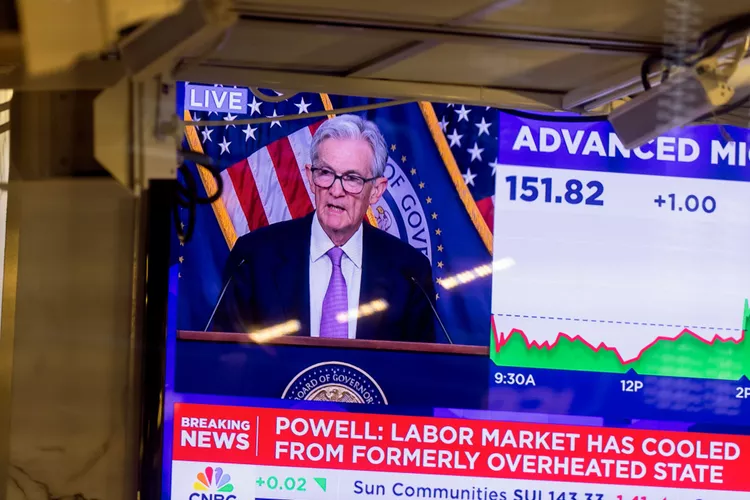Part 1: Understanding the Intermarket Relationships Between Stocks, Bonds, Forex, and Interest Rates
In today’s global financial environment, no market operates in isolation. Whether you’re a forex trader, a stock investor, or a cryptocurrency enthusiast, understanding intermarket relationships is vital to making informed decisions. Intermarket trading explores how different financial markets interact with and influence each other, providing insights into potential opportunities and risks. In this article, we will dive into the relationships between stock, bond, forex, and interest rate markets, and how they shape each other’s movements.
The Stock Market and Interest Rates:
The stock market is highly sensitive to changes in interest rates. Central banks, like the Federal Reserve, often adjust interest rates to control inflation and stimulate economic growth. When interest rates rise, borrowing costs increase, potentially reducing corporate profitability and discouraging investments in the stock market. Conversely, falling interest rates make borrowing cheaper, encouraging businesses to expand and investors to buy stocks.
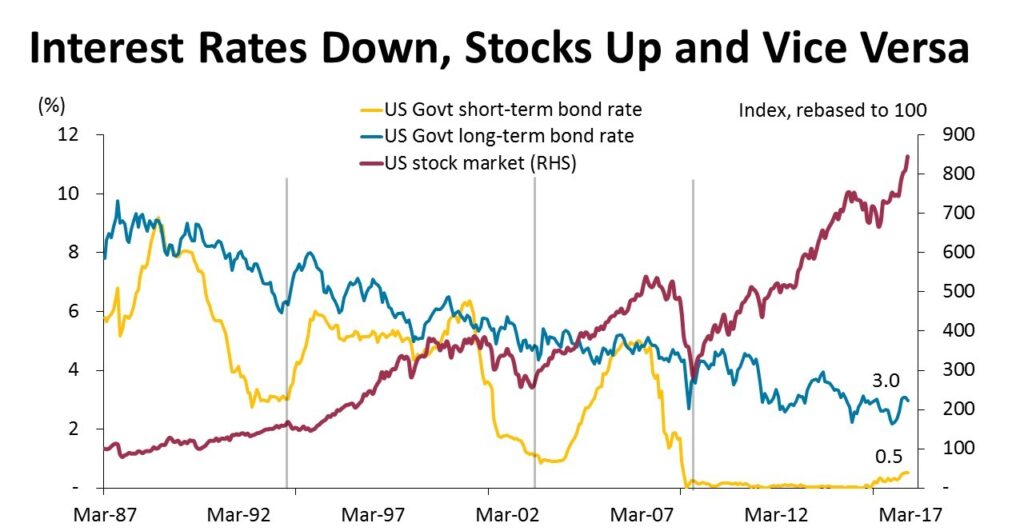
Key insight: A bullish stock market often correlates with lower interest rates, while higher rates can signal a potential downturn in stocks.
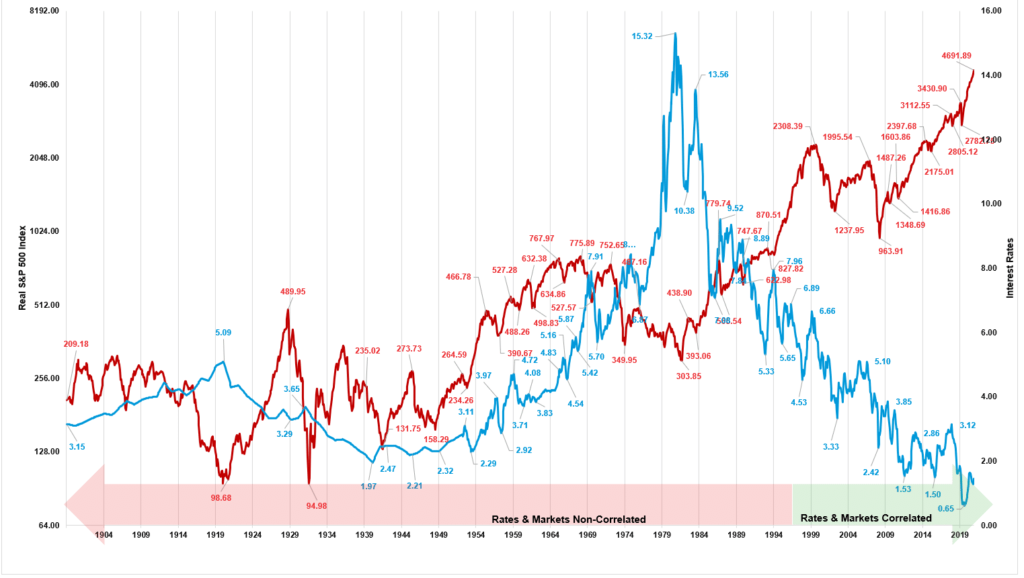
The Bond Market as a Leading Indicator:
Bonds, often referred to as “smart money,” are a significant driver of intermarket analysis. The bond market typically reacts to changes in interest rates faster than the stock market. When bond yields rise, it signals higher expected interest rates, often dampening the appeal of stocks. Conversely, falling bond yields can support stock market growth.
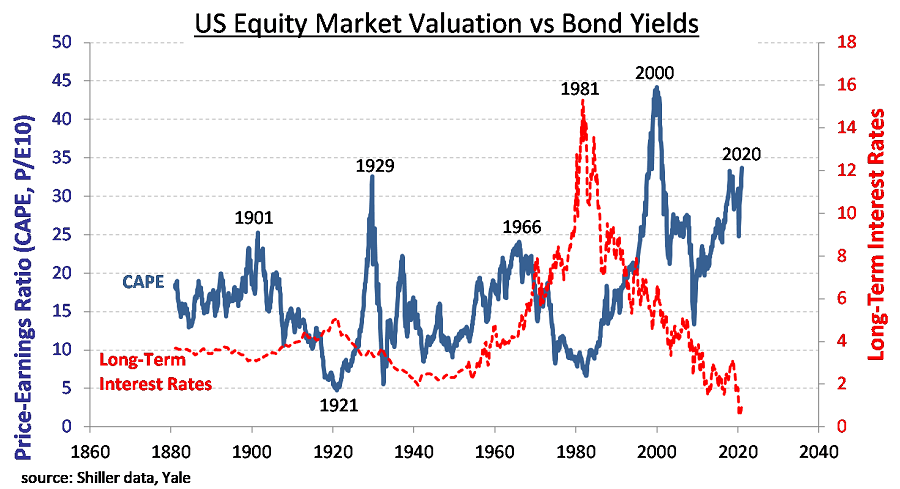
Key insight: Monitoring bond yields and prices can help traders predict potential stock market movements.
Forex and the Dollar Connection:
Currency markets, or forex, are directly linked to the stock and bond markets. For example, a stronger U.S. dollar often correlates with rising interest rates, as higher rates attract foreign investors seeking better returns on U.S. assets. However, a strong dollar can also hurt multinational companies by making exports more expensive, impacting the stock market.

Key insight: Forex traders should monitor interest rate decisions and bond yields to anticipate currency movements.
The Stock-Bond Yield Relationship:
Another key intermarket relationship is the comparison between stock dividend yields and bond yields. When bond yields are higher than stock yields, investors may favor bonds for their lower-risk returns. Conversely, if stock yields exceed bond yields, equities may become more attractive.
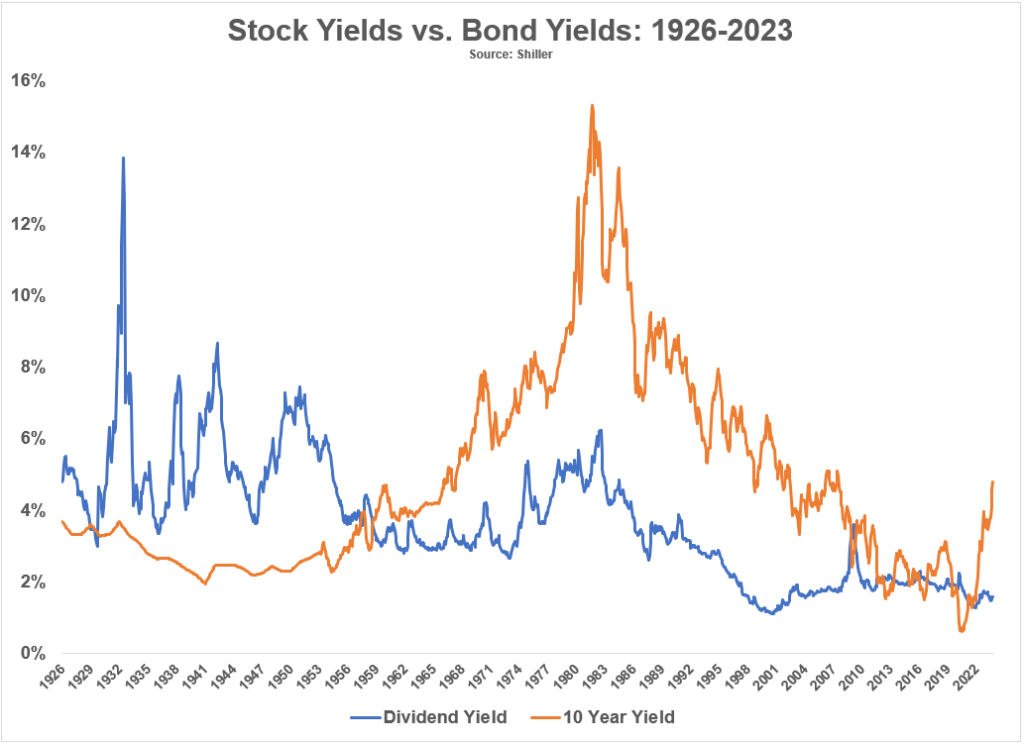
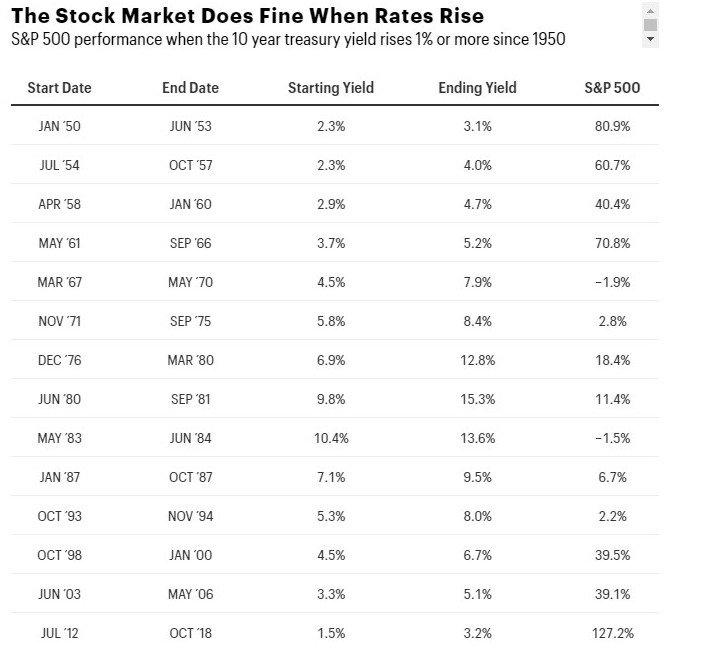
Conclusion
In the first part of this intermarket trading series, we’ve explored how stocks, bonds, forex, and interest rates are interlinked. As a trader or investor, keeping an eye on these relationships can help you identify trends and make better-informed decisions. In the second part, we will explore how cryptocurrencies fit into this web of correlations and discuss strategies for navigating the interconnected financial markets.
